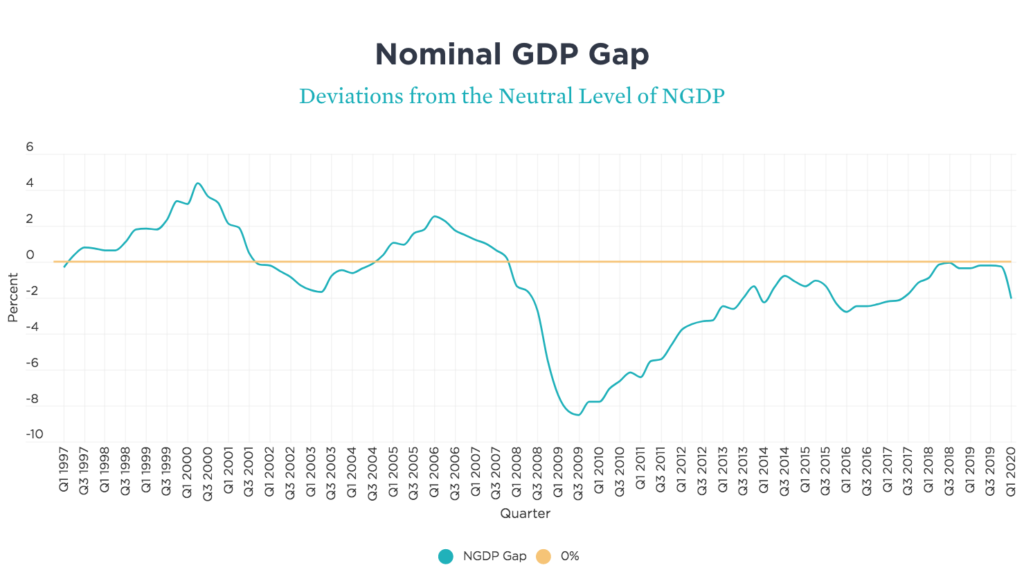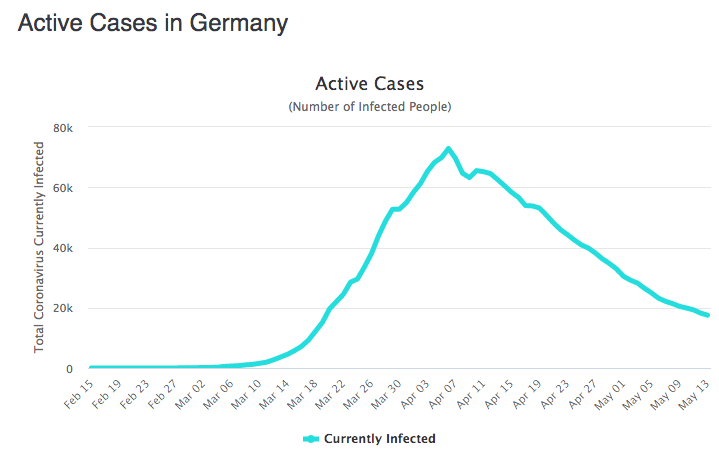America is now the evil empire
The sort of crude smears once made by fascist regimes are now being made by top US government officials:
“I did not say they deliberately did it, but their China virus — let’s go over the facts here, correct me if I’m wrong — the virus was spawned in Wuhan Province, patient zero was in November. The Chinese, behind the shield of the World Health Organization for two months, hid the virus from the world, and then sent hundreds of thousands of Chinese on aircraft to Milan, New York and around the world to seed that,” Navarro claimed, without offering evidence such travel was directed by the Chinese government.
“They could have kept it in Wuhan, instead, it became a pandemic,” he continued. “So that’s why I say the Chinese did that to Americans and they are responsible now.”
I hope I’m wrong, but it’s hard to believe that the hateful lies coming out of the Trump administration won’t eventually have consequences. This may be the first time since the Middle Ages that a government blamed a plague on an unpopular minority group.
Fortunately, the reporter interviewing Navarro called him out on his lies:
But given his critiques of China, he was questioned by ABC News Chief Anchor George Stephanopoulos why, during that same period when the virus was spreading from the country, Trump was complimentary of Chinese President Xi Jinping as he continued to negotiate a trade deal.
“It was President Trump who was praising China all through the month of February, and, you know, there’s a lot of evidence that those lost weeks made a difference,” Stephanopoulos said.
And check out Navarro’s reponse:
“First of all, I think it’s great that we have a president that can get along with all world leaders,” Navarro responded. “But number two, there’s no lost weeks. … We were moving on three vectors of attack in February: vaccine development, development of therapeutics like Remdesivir, and the building up and capacity for things like N95 masks.”
LOL. Next time someone brags to me they have a PhD from Harvard I’ll point out that that institution also saw fit to give a PhD to Peter Navarro. To say he’s dumb as a rock would be unkind to the mineral kingdom.



